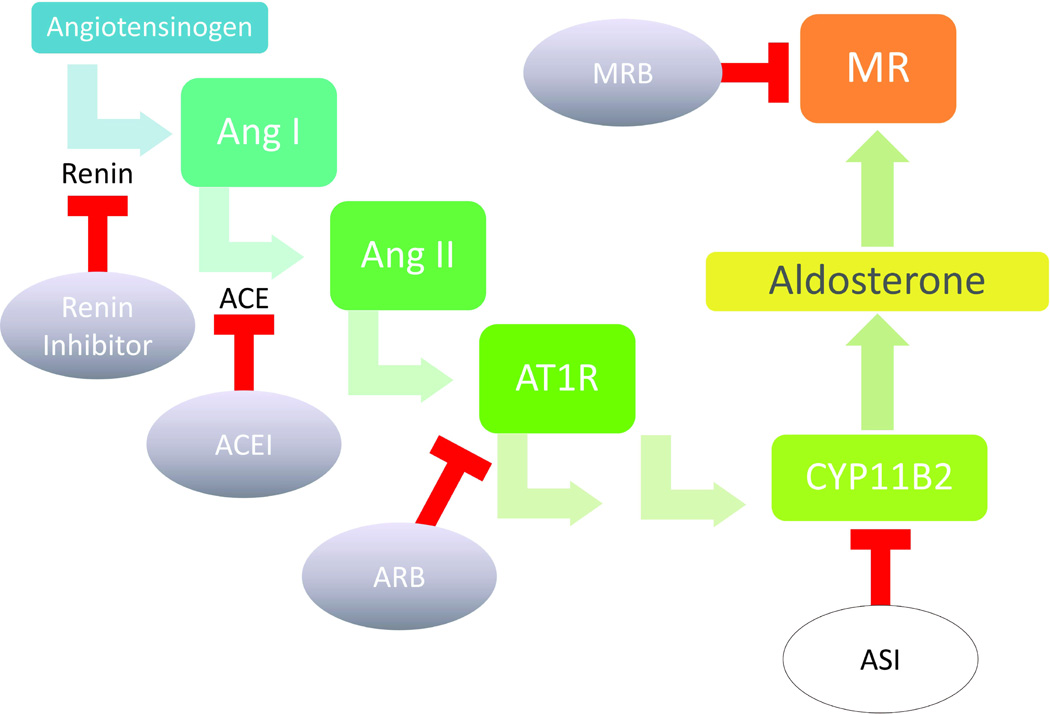Figure 1. RAAS activation and levels of pharmacologic intervention.

The renin-angiotensin-aldosterone system (RAAS) is a multisystem, endocrine cascade that regulates electrolyte homeostasis and blood pressure through actions on the kidney and heart. RAAS overactivation is pathologic, and multiple pharmacologic agents have been devised, both in experimental phase (white ovals) and in clinical use (shaded ovals), to target various levels of RAAS activation. Heart failure treatment is multimodal with combinatorial pharmacologic agents including inhibitors of RAAS as well as of other neuroendocrine systems that become pathologically overactivated in heart disease. Aldosterone is the terminal effector of the RAAS pathway, and advantages of targeting aldosterone synthesis or its receptor activation include specificity and avoidance of the aldosterone escape phenomenon. While the two mineralocorticoid receptor blockers (MRBs), spironolactone and eplerenone, have emerged to the front-line of heart failure therapy, the aldosterone synthase inhibitors (ASIs) such as FAD286 and LCI699 are still currently in experimental phase (Box 2). Other abbreviations: ACEI=angiotensin converting enzyme inhibitor, ARB=angiotensin receptor blocker, AT1R=angiotensin II receptor, CYP11B2=aldosterone synthase.
